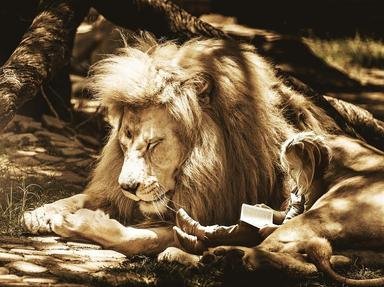Quiz Answer Key and Fun Facts
1. In one of his fables, the ancient storyteller Aesop used the raven as an object of envy. Which fellow member of the Corvidae family was jealous of the raven and is named alongside it in the title of this fable?
2. "There is a popular belief that they lay eggs, or else mate, with the beak..."
We all know now that this is far from the truth, but who recorded this statement about the raven in his multi-volume work titled "Natural History"?
3. In the Old Testament, the raven is featured in the "Book of Genesis" during a time of flood when it is the first animal released from the ark by Noah. The "Book of 1 Kings" however sees the raven in a time of drought when it is sent to feed which prophet?
4. The raven is one of the most mentioned of all birds in the entire works of Shakespeare. Which of his characters delivers a soliloquy that begins with this ominous line?
"The raven himself is hoarse that croaks the fatal entrance of Duncan under my battlements."
5. "The Seven Ravens", in which seven brothers are inadvertantly turned into these birds after being cursed by their father, appears in the collection of fairytales titled "Kinder- und Hausmarchen" compiled and written by whom?
6. In one of his earlier works, Charles Dickens created the character Grip, a talking raven whose vocal repertoire included such phrases as; "I'm a devil", "Polly put the kettle on" and "No Popery." Grip was the much loved pet raven of the title character of which Dickens novel?
7. Although not appearing as a character in the physical sense, the raven is mentioned in Lewis Carroll's "Alice's Adventures in Wonderland" as part of a riddle. To which particular inanimate object is the raven likened, in this riddle?
8. Roac son of Carc is a one hundred and fifty-three year old raven who delivers both good news and an ominous warning to a band of thirteen dwarves and their travelling companion in which J. R. R. Tolkien novel?
9. Described by the author as being "Mr. Jones's especial pet", in which literary work does a tame raven by the name of Moses appear?
10. And finally, a question for young readers, or those who are young at heart. In which Roald Dahl story do a pair of ravens take part in an act of revenge by using paintbrushes to smear glue onto the heads of a pair of horrible people?
Source: Author
Aussiedrongo
This quiz was reviewed by FunTrivia editor
agony before going online.
Any errors found in FunTrivia content are routinely corrected through our feedback system.
